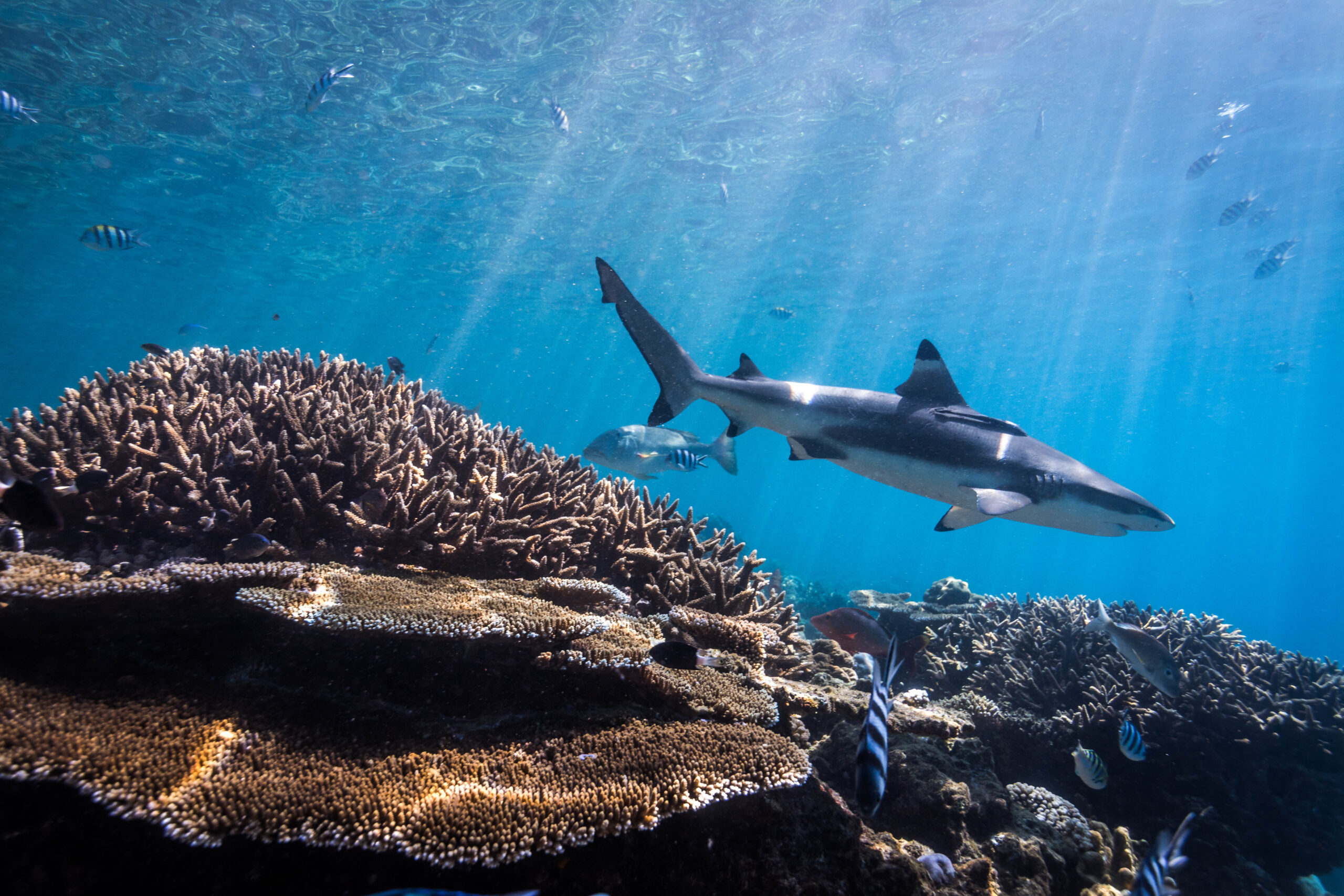Abstract: Changes in coral–sponge interactions can alter reef accretion/erosion balance and are important to predict trends on current algal-dominated Caribbean reefs. Although sponge abundance is increasing on some coral reefs, we lack information on how shifts from corals to bioeroding sponges occur, and how environmental factors such as anomalous seawater temperatures and consequent coral bleaching and mortality influence these shifts. A state transition model (Markov chain) was developed to evaluate the response of coral-excavating sponges (Cliona delitrix Pang 1973) after coral bleaching events. To understand possible outcomes of the sponge–coral interaction and build the descriptive model, sponge–corals were monitored in San Andres Island, Colombia (2004–2011) and Fort Lauderdale, Florida (2012–2013). To run the model and determine possible shifts from corals to excavating sponges, 217 coral colonies were monitored over 10 years (2000–2010) in Fort Lauderdale, Florida, and validated with data from 2011 to 2015. To compare and test its scalability, the model was also run with 271 coral colonies monitored in St. Croix, US Virgin Islands over 7 years (2004–2011), and validated with data from 2012 to 2015. Projections and sensitivity analyses confirmed coral recruitment to be key for coral persistence. Excavating sponge abundance increased in both Fort Lauderdale and St. Croix reefs after a regional mass bleaching event in 2005. The increase was more drastic in St. Croix than in Fort Lauderdale, where 25% of the healthy corals that deteriorated were overtaken by excavating sponges. Projections over 100 years suggested successive events of coral bleaching could shift algae–coral dominated reefs into algae–sponge dominated. The success of excavating sponges depended on the intensity of coral bleaching and consequent coral mortality. Thus, the proportion of C. delitrix excavating sponges is a sensitive indicator for the intensity and frequency of recent disturbance on Caribbean coral reefs.
Author: Chaves-Fonnegra, A., B. Riegl, S. Zea, J.V. Lopez, T. Smith, M. Brandt, and D.S. Gilliam
Year: 2017
View Abstract
Email for the full article: resilience@tnc.org
Global Change Biology 24(2). doi:10.1111/gcb.13962


